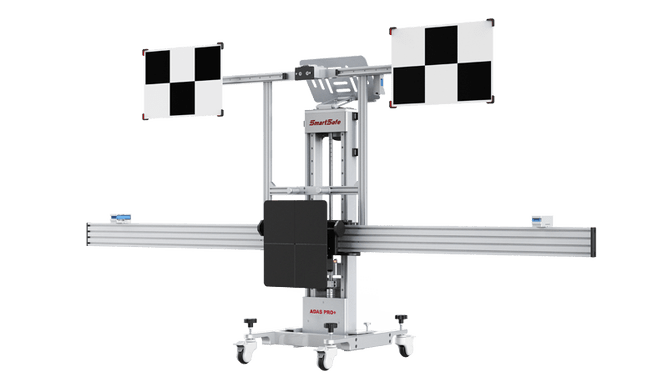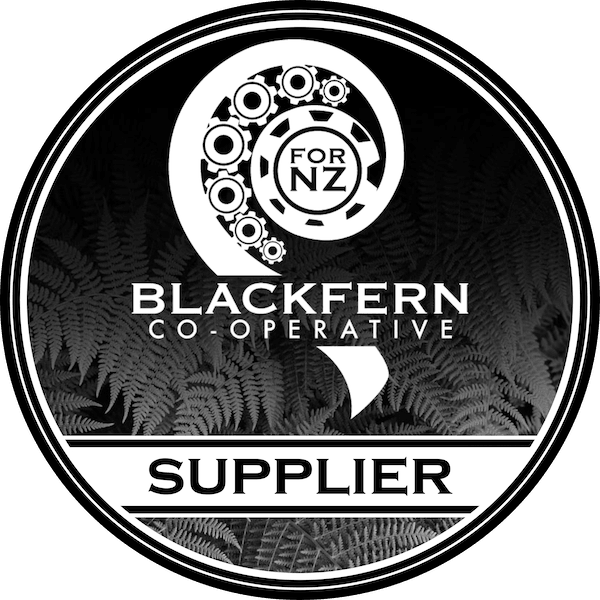In most cases, an ADAS calibration takes between 30 and 90 minutes.
But just like wheel alignments or diagnostics, the time can vary depending on the vehicle, system, and type of calibration required.
Here’s what influences the timeframe — and how you can streamline the process in your workshop.
Static vs Dynamic Calibration Time
Static Calibration
Performed in a workshop with a fixed target board and alignment equipment.
Average time: 30–60 minutes
Factors that affect duration:
Vehicle make and model
Number of systems (e.g. front camera + radar)
Whether alignment or levelling is also required
Setup and measurement time
Dynamic Calibration
Performed on-road while the vehicle is driven under specific conditions.
Average time: 30–90 minutes
Factors that affect duration:
Driving environment (needs lane lines, clear road markings, etc.)
Traffic and weather conditions
Minimum distance/speed requirements
Some vehicles require a mix of both static and dynamic calibration for full system resets.
Still deciding what type of system you need? Here’s a guide to ADAS equipment options.
What Can Slow Things Down?
Incorrect vehicle ride height or wheel alignment
Missing or damaged sensors
Incomplete repair documentation
Poor lighting or workshop layout
Lack of OE calibration data or scan tool compatibility
With the right preparation and equipment, most jobs can be completed in under an hour.
How to Save Time in Your Workshop
AECS helps workshops across NZ reduce calibration time with:
Easy-to-set-up Launch and Jaltest systems
Expert onboarding and training
Support with scan tool integration and workflow
Mobile or static frame options based on your space
Explore ADAS calibration tools →
Talk to our team → for system recommendations
Conclusion
While the time it takes to calibrate ADAS can vary, most jobs fall within the 30–90 minute range.
With the right tools and support, ADAS doesn’t have to slow you down — in fact, it can become one of your most profitable and efficient service offerings.
Thinking of offering this service? Here’s why it’s profitable for NZ workshops.






